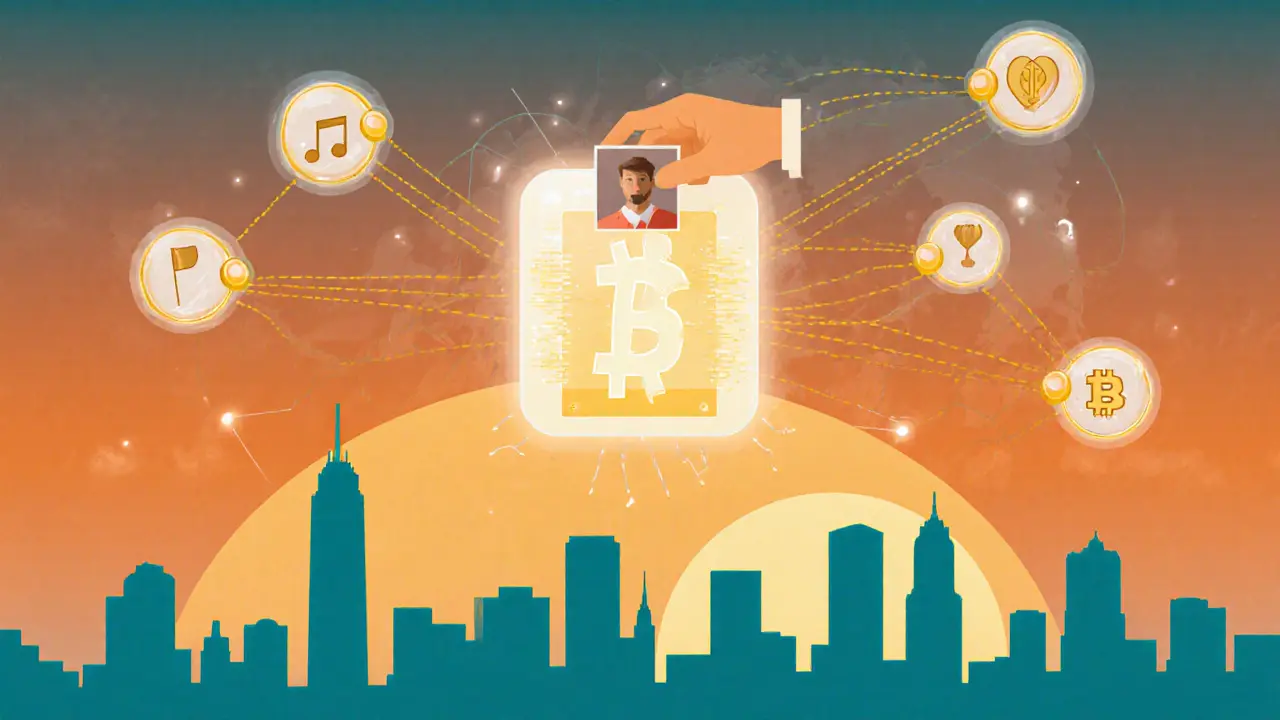Smart Contract Royalties: How Creators Get Paid on Blockchain
When you buy an NFT, the original creator should get a cut every time it’s sold again—that’s the idea behind smart contract royalties, automatic payments built into blockchain code that trigger when an asset changes hands. Also known as on-chain royalties, they’re meant to give artists, musicians, and developers a steady income long after their first sale. Unlike traditional art sales where creators disappear after the auction, blockchain lets them keep earning—on paper.
But here’s the problem: NFT royalties, the percentage paid to creators on secondary sales aren’t always enforced. Marketplaces like OpenSea used to honor them, but now many ignore them. Buyers can bypass royalties by trading through peer-to-peer channels or using new platforms that don’t support them. That’s why some creators now see crypto royalties, the income stream from digital assets sold on blockchain networks vanish overnight. It’s not broken code—it’s broken trust.
Smart contract royalties rely on three things: clear rules written into the contract, a marketplace that respects them, and buyers who don’t try to dodge them. In practice, only the first one is guaranteed. The rest? That’s where things fall apart. You’ll see this play out in real projects—like the NFT tokens in our posts—that promise royalties but deliver nothing after launch. Some creators built entire businesses around these payments, only to watch them disappear when the hype died.
That’s why this collection dives into real cases—not theory. You’ll find posts about tokens like HWL, VU, and SGR, where royalty promises were made but never kept. You’ll see how fake airdrops like HGT and BIRD exploit the same trust gap. And you’ll learn why platforms like FEG Exchange or Quickswap v2 might support royalties technically, but still leave creators empty-handed because no one follows the rules.
There’s no magic fix yet. But understanding how royalties are supposed to work—and how they actually fail—helps you spot the scams, avoid the dead ends, and back projects that still honor their commitments. This isn’t about tech. It’s about who gets paid, and who gets left behind.

